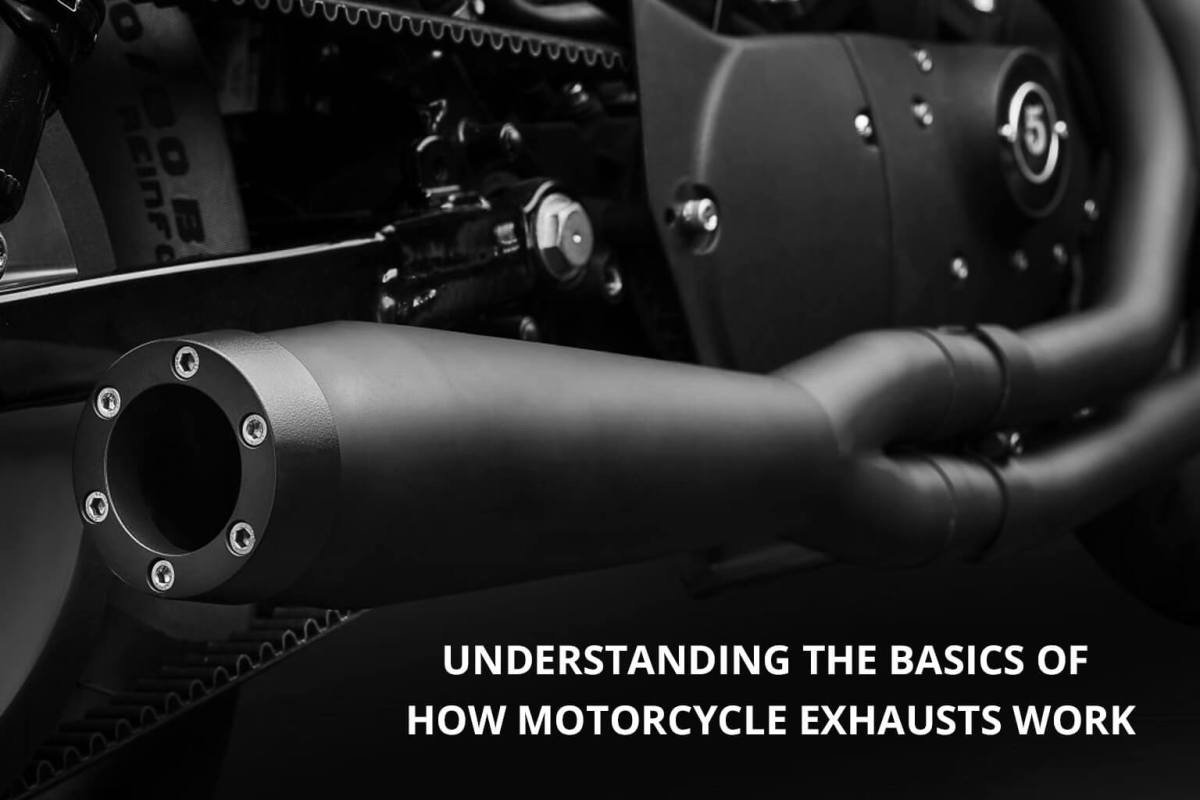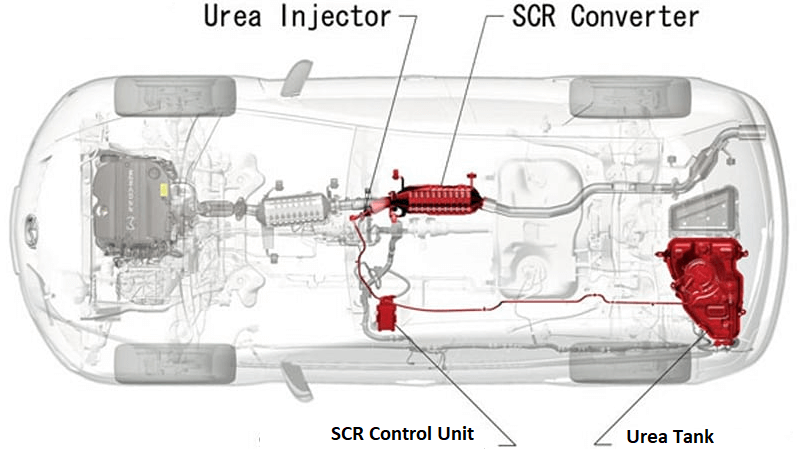A large number of motorcycle enthusiasts these days are do-it-yourselfers and are very knowledgeable about the functioning of their motorcycles. Of course, this skill develops with the hobby, and later on becomes a passion that is necessary to truly immerse yourself in the motorcycle world, to get the most out of it. Still, a sizeable number of newbies to the motorcycle world need some type of introduction into the workings of motorbikes, especially over topics that go beyond the basics of maintenance and general care.
Issues like the basics of brake calibration and understanding how motorcycle exhausts work are sometimes left undiscussed, unless one takes a crash course in mechanical engineering or automotive repair. However, there’s an easy way to go about understanding how motorcycle exhausts work. Aside from watching various videos online that attempt to simplify the process, here is a brief article on what you need to know in order to understand the ins and outs of motorcycle exhausts that could help you some day.
Motorcycle Exhausts – Their Types And Functions
What is a motorcycle exhaust? A motorcycle exhaust is a complex device generally composed of piping, attached to a motorcycle’s engine. Sometimes these are chrome-plated for aesthetic reasons. However, exhaust systems can also be made from aluminum, steel, alloy, carbon fibre, and even titanium.
What does a motorcycle exhaust system do? Motorcycle exhausts mounted on the engine help to re-route noxious gases away from the rider and passenger while simultaneously muffling noise and improving engine performance. Actually, a well-maintained exhaust system can vastly improve overall engine performance and prolongs the engine’s life.
What kind of exhaust systems are there? There are basically two main kinds of exhaust systems available in the market today; a mufflers-only exhaust (properly referred to as bolt-on or slip-on system), and a full exhaust system. The latter one tends to have the added feature of being customizable or otherwise custom-made to suit different specifications and needs.
A third variety is the default exhaust systems that an average motorbike bike is equipped with upon purchasing, which some hard-core enthusiasts consider to be mediocre at best when compared to custom-made exhaust systems.
If you’re looking for a great place to find excellent examples of exhaust systems for your motorcycle, or if you’re ever in need of a high performance customised exhaust system that is sure to rev-up your bike’s speed and overall performance, then visit Trufit Exhaust today: https://www.trufitexhaust.com.au/
Main Source: This Post “Understanding The Basics Of How Motorcycle Exhausts Work” appeared first on “Muffler & Exhaust Tips“


